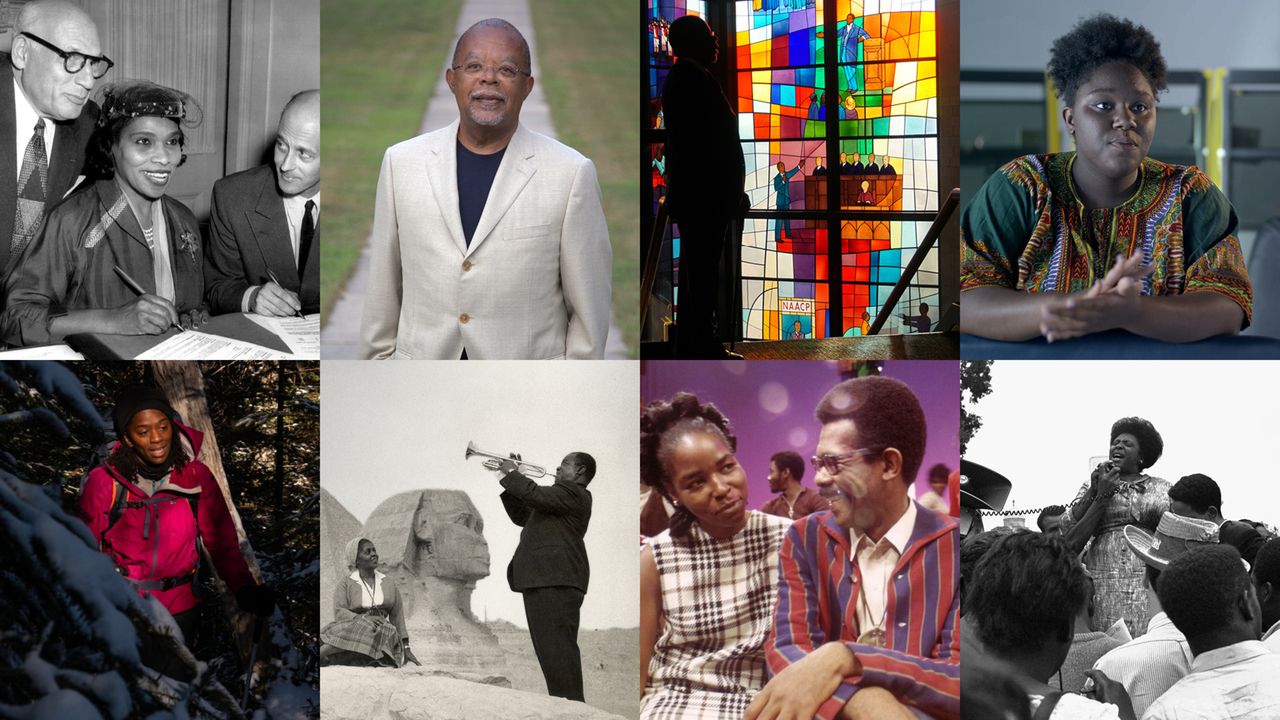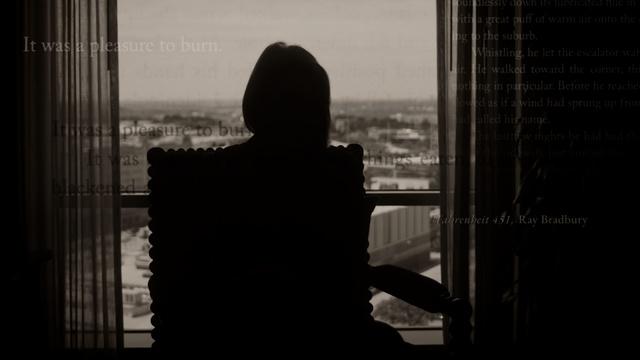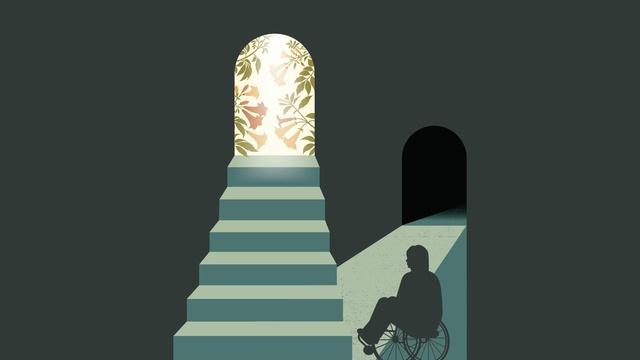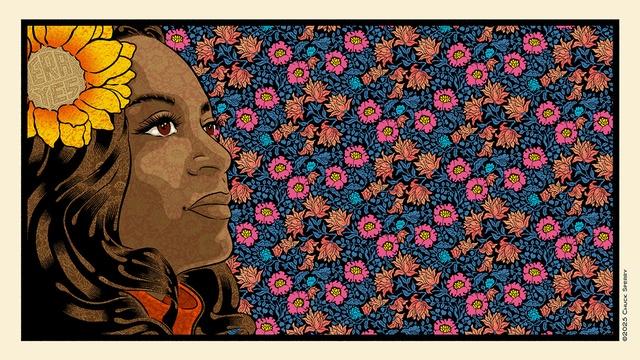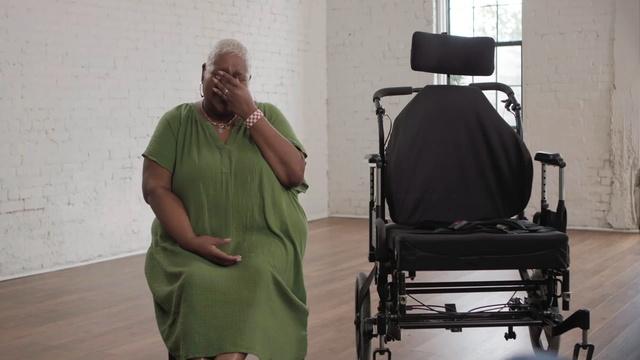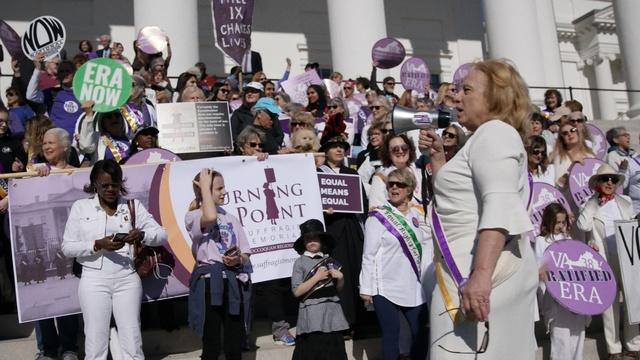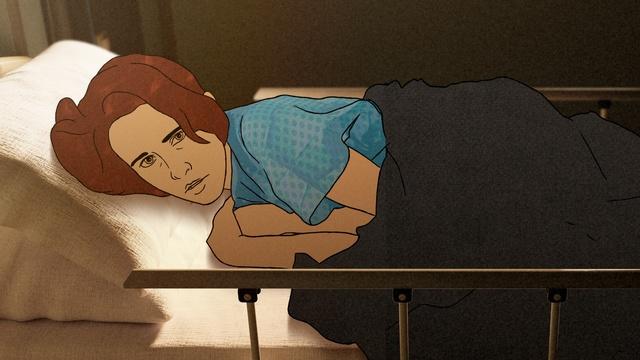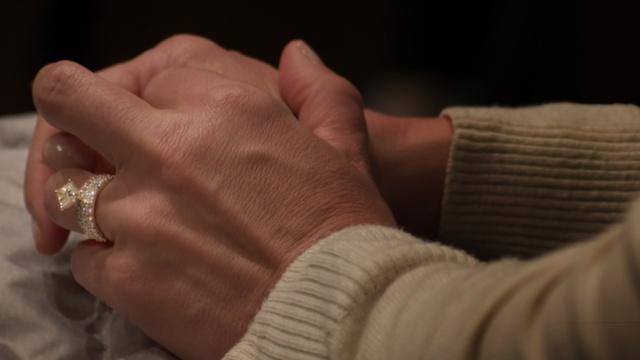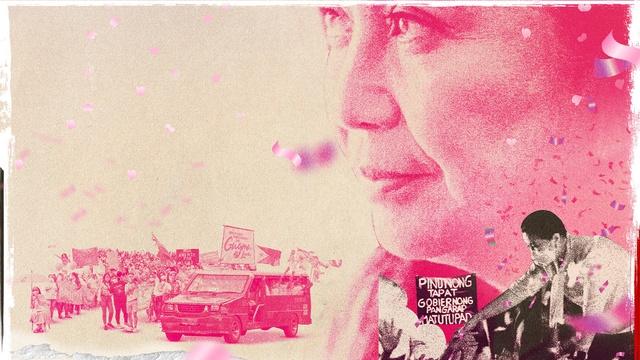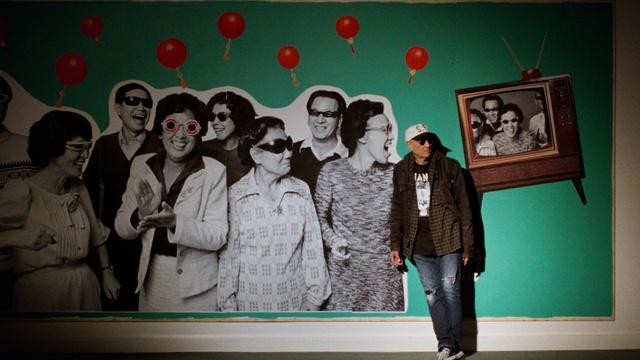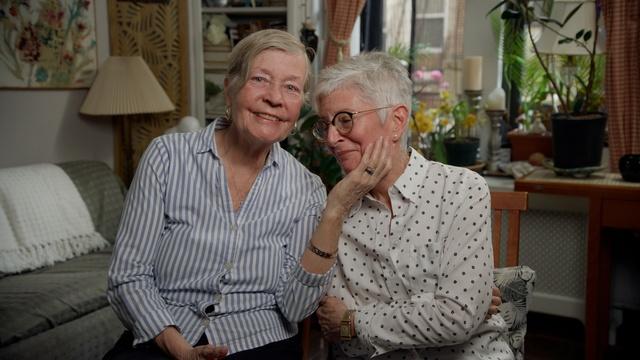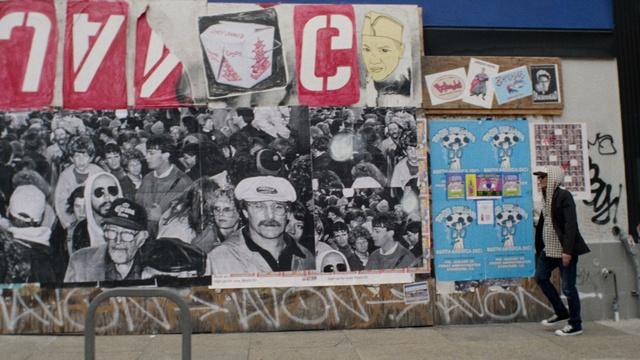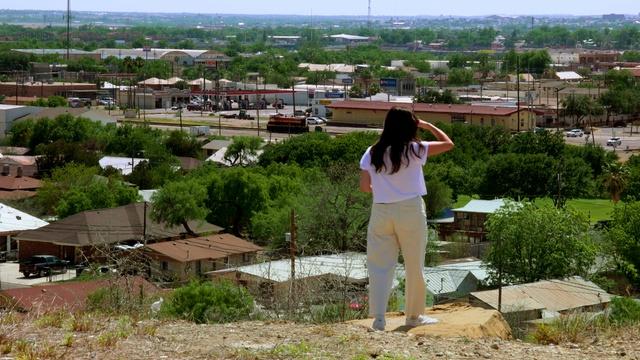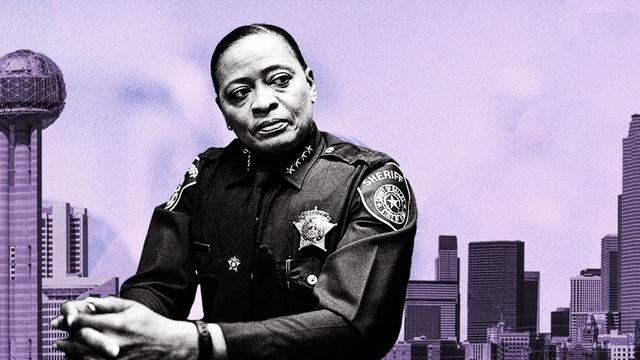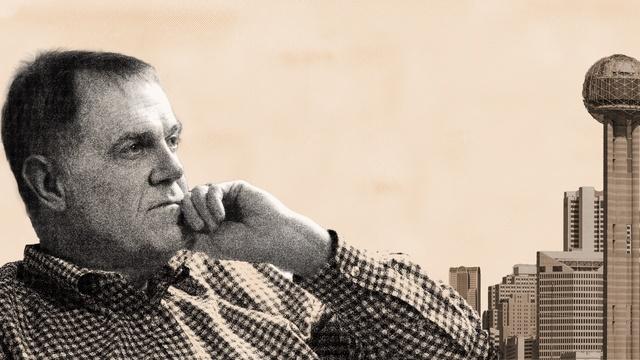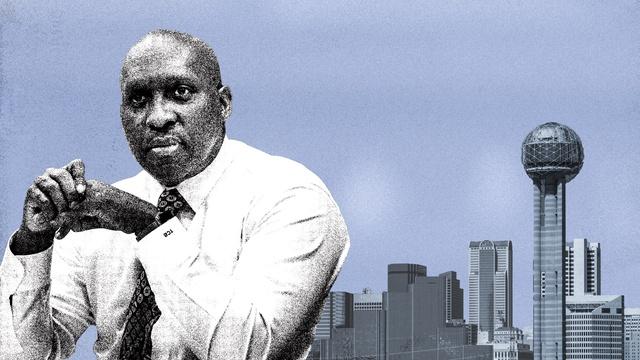Celebrating Black History Month on NHPBS
February 2021
As we celebrate Black history month, New Hampshire PBS is proud to share stories that explore and honor Black lives. Below is a list of some of the programs you’ll find on New Hampshire PBS and we hope you’ll explore PBS' Black history month collection of videos.
- Africa with Ade Adepitan
- Africa’s Greatest Civilizations
- American Experience: Goin' Back to T-Town
- American Experience: Voice of Freedom
- Anisfield-Wolf Book Awards
- Black Ballerina
- Boss: The Black Experience in Business
- CodeSwitching: Race and Identity in the Suburban Schoolhouse
- Dream Land: Little Rock’s West 9th Street
- Driving While Black: Race, Space and Mobility in America
- Fannie Lou Hammer – Stand Up
- In their Own Words
- Independent Lens: Mr. Soul
- Justice In Chester
- Leah Chase: The Queen of Creole Cuisine
- Lorraine Hansberry: American Masters
- Marching Forward
- Mr. Civil Rights: Thurgood Marshall and the NAACP
- PBS Kids Talk About: Race and Racism
- Queen of Swing
- Reconstruction: America After the Civil War
- Sammy Davis, Jr.: American Masters
- Talking Black in America
- The Black Church
- The Jazz Ambassadors
- The Power of We: A Sesame Street Special
- We Knew What We Had: The Greatest Jazz Story Never Told
- Windows to the Wild: Winter in the White Mountains *LOCAL SHOW
Return to the
Real Talk
Main Page
Watch Online
TV Schedule
-
asia insight
Asia Insight
Tuesday, 12/30 at 6:30 P.M. on WORLD -
the gospel train/the golden age of gospel
Gospel
Friday, 1/2 at 9:00 P.M. on EXPLORE -
we want the funk!
Independent Lens
Monday, 1/5 at 3:34 A.M. on NHPBS -
bike vessel
Independent Lens
Tuesday, 1/6 at 12:00 P.M. on EXPLORE
